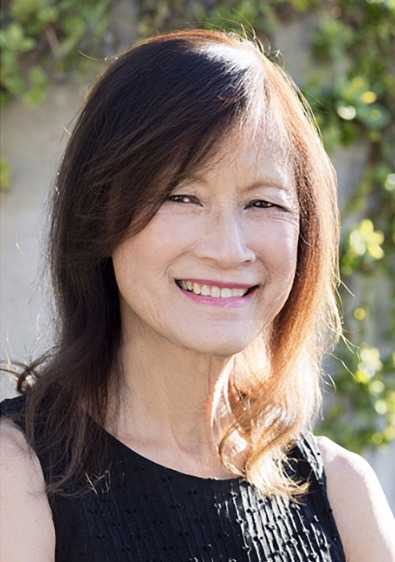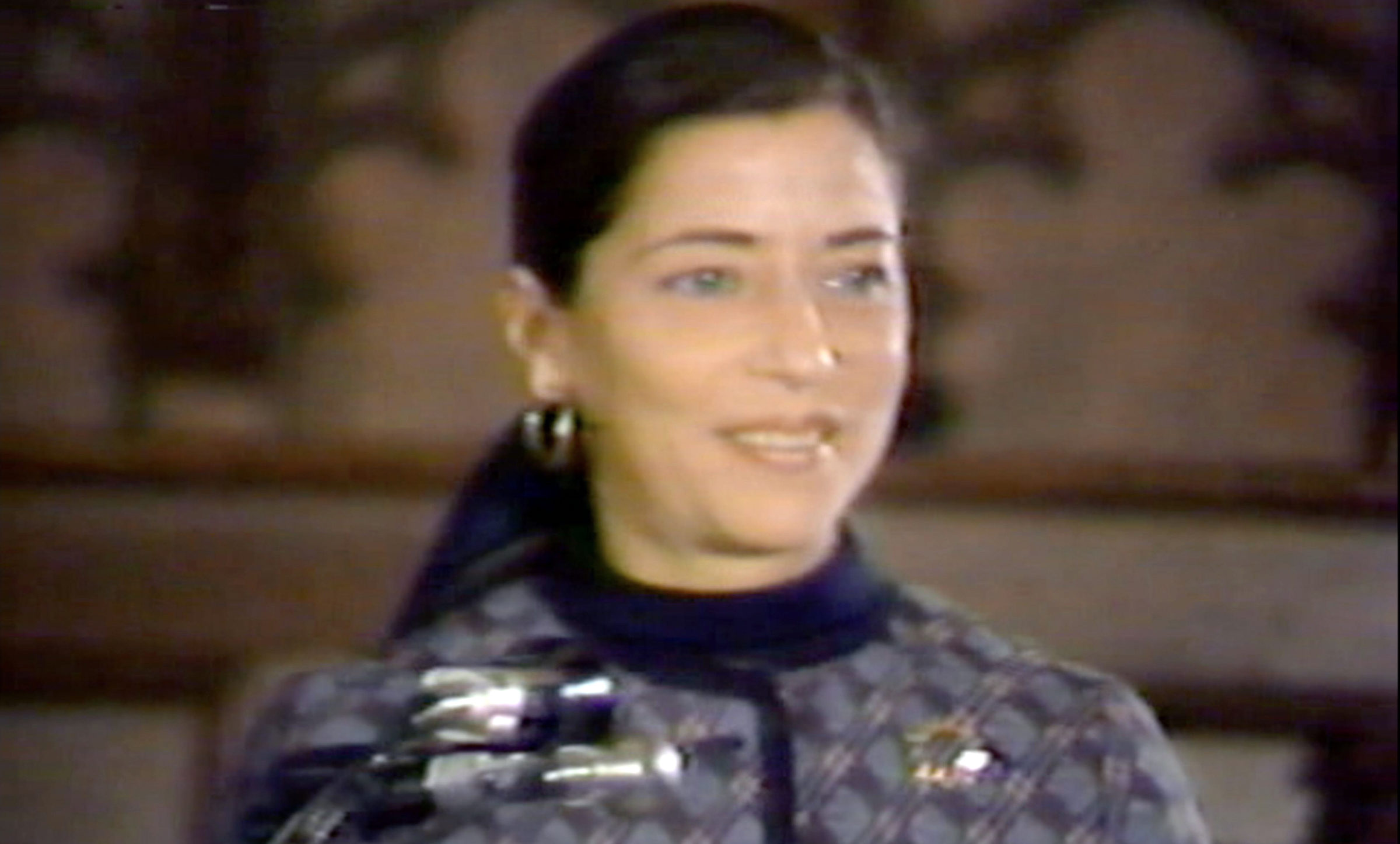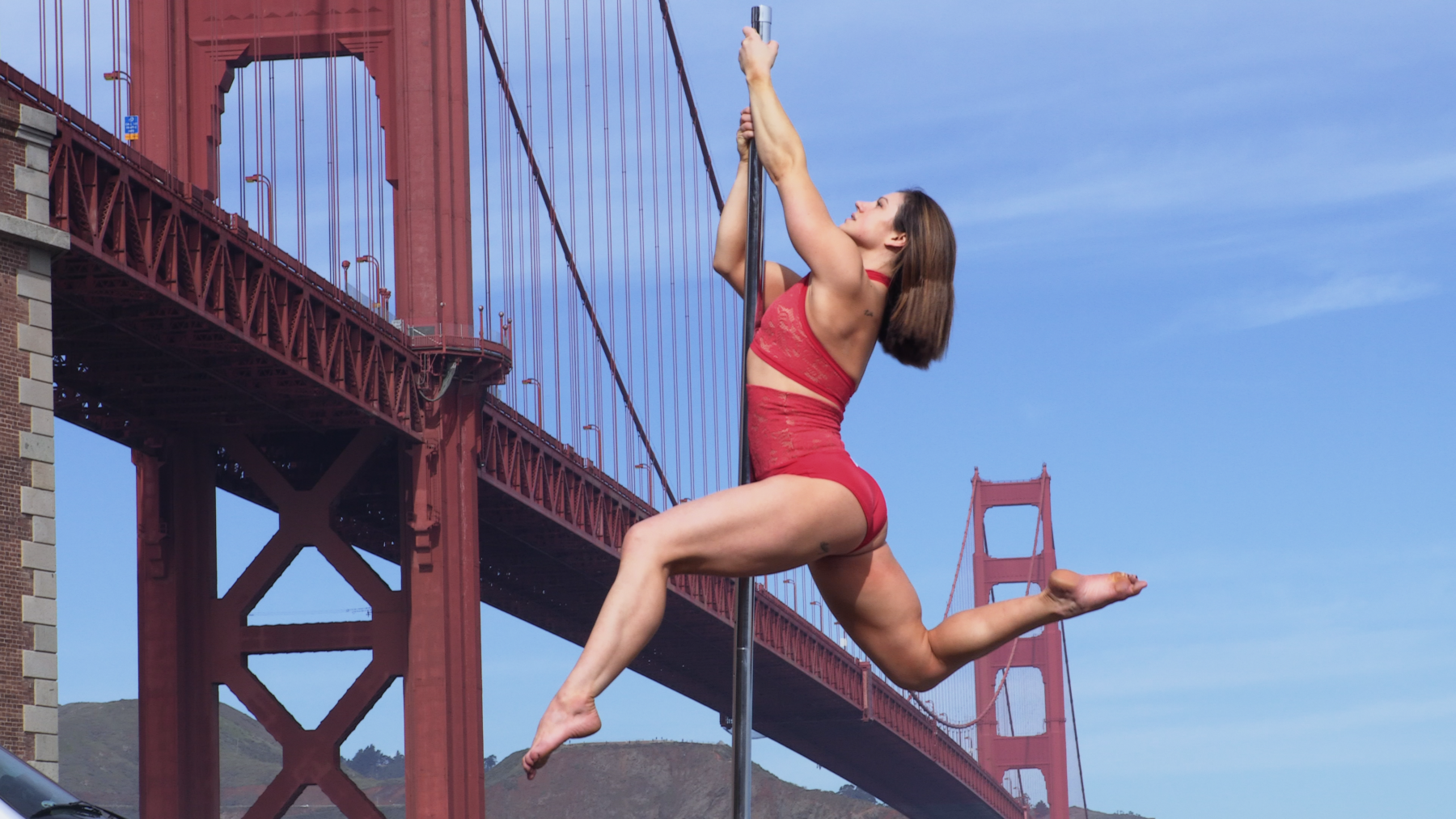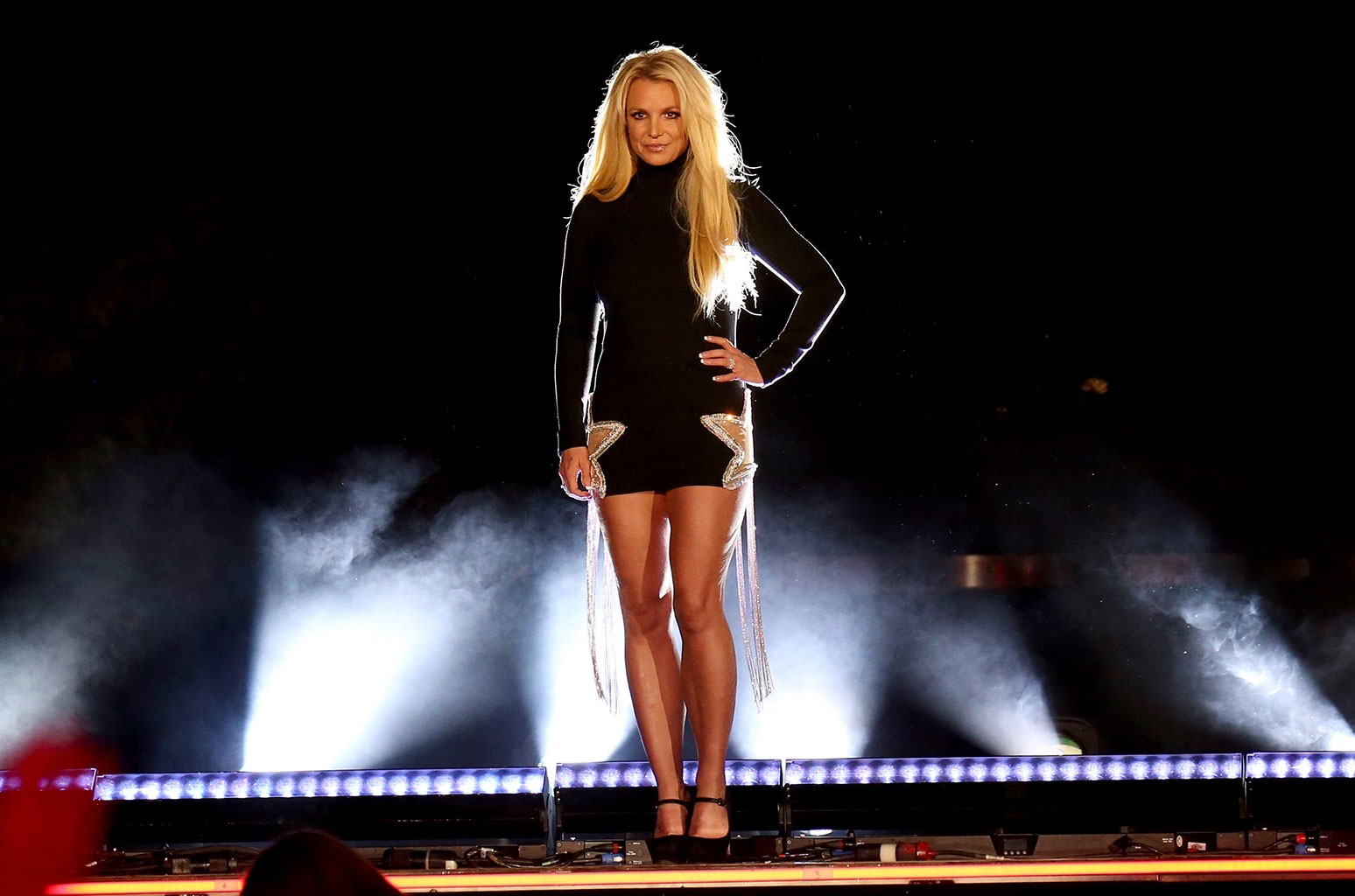“Justice Ginsburg was always hoping to create a more perfect human,” explains Freida Lee Mock. “She loves the preamble of the Constitution. We’re not perfect, but we know we are aspirational.”
The ever-inspiring late Supreme Court Justice Ruth Bader Ginsburg receives a welcome doc portrait timed perfectly for the new sense of optimism emanating from America. Ruth – Justice Ginsburg in Her Own Words traces the life, career, and legacy of the trailblazing judge who helped move the USA towards realising its aspirations as a land of equal opportunity. Mock, who previously directed the 2013 Anita Hill doc Anita and the 1995 Academy Award winner Maya Lin: A Strong Clear Vision, uses her signature brand of portraiture to capture Justice Ginsburg fairly and humanely.
The film puts Justice Ginsburg at the centre of her own story as a mix of archival footage and contemporary interviews speaks to her legacy. Mock shapes the narrative through Ginsburg’s rise as an advocate with a shrewd eye for civil rights cases. Ruth largely focuses on the landmark cases that Ginsburg argued and won before the Supreme Court before assuming the bench herself. These cases, like Weinberger v. Wiesenfeld, illustrate Ginsburg’s sharp legal mind as she often advanced women’s rights by arguing cases on behalf of men, which would bring gender inequality into the light for the male judges who looked at such considerations anew. Similarly, the film favours her (in)famous dissents from the bench of the Supreme Court with which she shaped America as a voice of reason, like arguing to preserve the voting rights act with her caution against throwing away an umbrella because one is not getting wet.
The collage of footage past and present illustrates how Ginsburg’s legacy is ongoing as she left rulings and dissents that will shape America’s future. While Ruth overlaps somewhat on the terrain of Betsy West and Julie Cohen’s 2018 doc RBG, the approach is much different. This doc feels somewhat more grounded, where the other evoked a portrait of a superhero—a fact that this reviewer happily played into—in the cadence of the highly meme-able “Notorious RBG” who made an octogenarian judge an icon of cool for a new generation of Americans. Ruth frames Ginsburg’s rise from an unlikely place, as she asks how someone with three strikes against her—being a Jewish woman with a daughter—defied the odds to become the second woman appointed to the Supreme Court. There’s no shortage of insight on Ginsburg to be found, so fans of the previous work should appreciate a return to the RBG cinematic universe.
POV spoke with Mock by phone ahead of Ruth’s premiere in virtual cinemas.

POV: Pat Mullen
FLM: Freida Lee Mock
This interview has been edited for brevity and clarity.
POV: What do you look for in a character?
FLM: I look for an interesting, compelling, and articulate person. Someone who is doing something different and fascinating, and whose story hasn’t been told. That was the case of Maya Lin and that was certainly the case with Anita Hill in terms of seeing her stories from her perspective, as opposed to being defined by the reporters or other people. I try to put my films in a first person perspective and shape their voices to get right to the essence of who they are. As a filmmaker, I usually plow into something and later on reflect what it means. [Laughs.] Usually, the characters are set in a social/political situation that I find interesting. For example, I did a film on Annie Lamott [Bird by Bird with Annie], the West Coast writer who is very popular among certain readers, and you could ask, “There are a lot of writers, why did you pick her?” One, she’s very funny, and there’s something socially/politically interesting in terms of her setting.
POV: Is it a coincidence that you looked at both Anita Hill and Ruth Bader Ginsburg? Their stories were in close proximity, and had implications for the Supreme Court and gender equality.
FLM: In the case of Anita, that was a film that I initiated. In the case of Justice Ginsburg, actually, I was asked if I would be interested in making a film about her. If I were to choose a Supreme Court justice to do a film about, I recall reading Sonia Sotomayor’s biography and saying I’d love to do a film about her. I had not read that much about Justice Ginsburg, so I wouldn’t have picked up a relationship to Anita.
POV: But did you see the parallels during the production?
FLM: I find it ironic that the same politicians in the Anita film are in Ruth’s film. Biden is chairing the judiciary hearing in both films. Pat Leahy is in both candidates’ hearings. I remember finding it uncanny and thinking, “Didn’t I see this stock footage before?” Ginsburg’s hearings were in ’93 and Hill’s were in ’91, so there were many things in common between the two.
POV: Had you considered approaching Hill to speak for this documentary? I noticed she gave a lot of reflections and interviews when Justice Ginsburg passed.
FLM: No, although I started an anecdotal letter-writing relationship with Justice Ginsburg because we have a mutual friend with whom she occasionally has Shabbat. The mutual friend happened to talk about the Anita film and Justice Ginsburg expressed that she hadn’t seen it and that she would love to see it. She had Anita’s book on the shelves in her court office—if you think in terms of gender issues, that’s not unexpected. Our relationship started with Anita, really, when I sent her the film and she wrote me to thank me. I thought she was much too busy to write this little note. When I was asked to make this film, I wrote her again. But in shaping the story and understanding the bigger picture about who she is, I didn’t feel that Anita would fit in—I didn’t even think that I would put her in the film.
POV: How did you choose the interviewees?
FLM: Everyone in the film, in the footage from today, is not an expert. They all have an intimate relationship, whether as a clerk, or as someone who volunteered as a law student, or someone who was impacted by her ruling, like Lilly Ledbetter or Jennifer Carroll Foy. I decided to shape the interviewing around people who knew her. Even in the case of the authors, they’re experts that she did marry. She was the officiant at Irin Carmon’s wedding. [Carmon is the author of Notorious RBG.]
POV: Were you aware of the other RBG film when you began production?
FLM: I was not aware of it when we started production. I only heard about it when it was going to Sundance. My executive producer was sitting next to the film’s composer at a DGA event and that’s when we first heard of it. When I was asked to do the film, I did a quick search to see if she’d been done and there was nothing out there aside from five-minute tributes or short pieces. We started right after the inauguration in 2017. We just felt it was the time to tell this story—now, rather than later. I actually contacted Justice Ginsburg about doing a film early on and asked would she be interested in participating. She said to wait until after 2016 when the fiction film, On the Basis of Sex, written by her nephew [Daniel Stiepleman] would have come out. [Its release was in 2018 following development delays.] Then the election happened, and we said, “This time is to do this film, period.”
POV: Did the other film have any influence on your approach?
FLM: The other film didn’t shape it directly. When you make a film, or are writing or whatever it may be, I think that authors or filmmakers may not read everybody else’s books, or see everybody else’s films because they want their work to be true to their vision and not be influenced by other things. I saw the other film at Sundance and we hadn’t finished our film at all. I realized it’s a whole different approach. My approach was shaped by the idea of having Justice Ginsburg tell her own story as much as possible and shaping it around her first person account so that you feel you have an intimate relationship with her.
POV: Right. And she’s such a rich subject that there are so many angles.
FLM: The more the merrier! In an hour-and-a-half or two hours, you can only do so much. It’s all going to be different depending on who writes or directs it. How many Holocaust films are out there? I think she deserves more. There’s a film this year that was submitted for Oscar consideration in the doc short category, and it’s about her seminal constitutional cases as expressed through her purses. [Making the Case, which is debuting soon at The New Yorker.] It’s an angle. One purse reminds her of Wiesenfeld wanting to stay home and take care of his child because the mother had unfortunately died in childbirth.
POV: I really like the film’s through-line with education and those scenes from 1994 where Justice Ginsburg speaks with the class of students. What inspired that as a narrative thread for the film?
FLM: The film is both contemporary footage and then visual materials from the past, stock footage. Once I decided what the story would be, then I had to ask how do I visually express it? I kept hoping I could get footage of her from earlier, and earlier, and earlier because I felt she would be more candid and spontaneous. As you become a public figure, you’re careful about what you say. I thought she became more like that as I saw footage of her in her 80s. Of course, she got into big trouble during the 2016 campaign when she called him a faker.
In early footage, I saw that she talked with a lot of students. In footage that I have in the film, she says, “I wish more students would come visit me.” That was a tip off to me. Throughout the film, she meets students from junior high and high school. The most impressive are those fifth graders from Indiana who asked her incredible questions about her Supreme Court cases. In the credits, she meets with five-year-olds and six-year-old. I think she implicitly felt the future is in good hands. The students from Indiana were so smart and well prepared by their public school teachers. Their questions became a jumping off point for the film to be able to tell those seminal constitutional cases she fought in the ’70s.
POV: Was there anything you learned about Justice Ginsburg that really surprised you during the film?
FLM: I couldn’t get it into the film, but few people know that she learned Swedish and she went to Sweden in the early ’60s to help write the definitive book on Swedish civil procedure. What a profound intellect she had! I think it was a seminal experience because she saw a country in terms of gender roles and gender equality far ahead of the United States. That was early 1961-62 and 25% of the [Swedish] law school classes were women. She witnessed a judge who was eight months pregnant. She’d never seen that—those opportunities just didn’t exist in the United States. I think that profoundly shaped her thinking about the possibilities of women’s rights and gender equality when she had the opportunity to start litigating in the Senate. There are some beautiful photos of her in Sweden. She was young and in her 30s, so the images capture the essence of who she is.
POV: So much happened with the Supreme Court while you were making this film, with the appointments of Justices Brett Kavanaugh and Amy Coney Barrett and the events with the election. How has making the film shaped your perspective on the role of the Supreme court in the USA?
FLM: It makes me highly attentive to what goes on in the Supreme Court as a citizen. I hope that all of us, as good citizens, pay attention to what goes on in our court, especially federal courts, because they have a profound impact on our everyday lives in terms of wages, marriage, and access to public life. That was on a personal level, but on a professional level, we were just finishing the film when the Kavanaugh hearings were taking place. I had no intention to film them. You have to decide when you want to end filming and decide what the story is about.
Justice Ginsburg’s story is not about Kavanaugh, although by comparison, the question posed at the beginning of the film is how does a person with three strikes against her rise to the highest court in the land? She was not a political animal. As you know, she got there based on merit. She had a fantastic relationship with her husband, who was such a booster and deeply loved her. In the film, they say he was the campaign manager who used his Rolodex to call on people like Ross Perot. He was the one who made sure that her name got onto the shortlist before Clinton because her name was not up there. Her case was mounted differently. It’s much different from the appointment of Amy—highly politicized and personal.
POV: In Maya Lin, the film asks what a memorial’s purpose is in the 20th century. How is a documentary like a memorial?
FLM: Documentaries are not unlike books. They contain certain ideas, stories, characters, and certain media is forever, like old nitrate films. They’re a fantastic resource to remind us of stories that hopefully endure and ideas that endure. I’m not sure if I would call this film memorialization because I certainly didn’t set out to do a memorial. As you know, she was alive until only recently. What the film offers is a chance to hear her and feel her. The way she speaks is very intimate. Her legacy is ongoing. Justice Ginsburg loves the preamble of the Constitution. She feels everything is leading toward a greater equality and we have a wonderful roadmap through the U.S. Constitution to get there.
POV: The release of this film coincides with another woman breaking the glass ceiling: Kamala Harris. How did it feel to see her elected and sworn into office?
FLM: It was an incredible, wonderful image. Other countries have [Angela] Merkel, Golda Meir; England has had women leaders. For a country that espouses equality and democracy, we’re sure late to the game. It just seems natural, like we’re ready. Being from California, we’ve seen her. She was the Attorney General. I actually filmed her seven years ago. She was fantastic, bright, and charismatic. To me, it just felt wonderful.
Ruth – Justice Ginsburg in Her Own Words debuts via virtual cinemas on Feb. 12 and on VOD March 9.











